The kitchen sink is one of the most frequently used areas in a home. It handles everything from washing dishes to food preparation, making it a hotspot for bacteria, stains, and residue buildup. Keeping the sink clean is essential for maintaining a hygienic kitchen, preventing odors, and ensuring proper drainage. Let’s go over how to clean kitchen sink.
A well-maintained sink not only looks better but also lasts longer. Food particles, grease, soap scum, and hard water stains can accumulate over time, leading to unpleasant smells and even potential plumbing issues. Regular cleaning prevents these problems and ensures that the sink remains a sanitary and functional part of the kitchen.
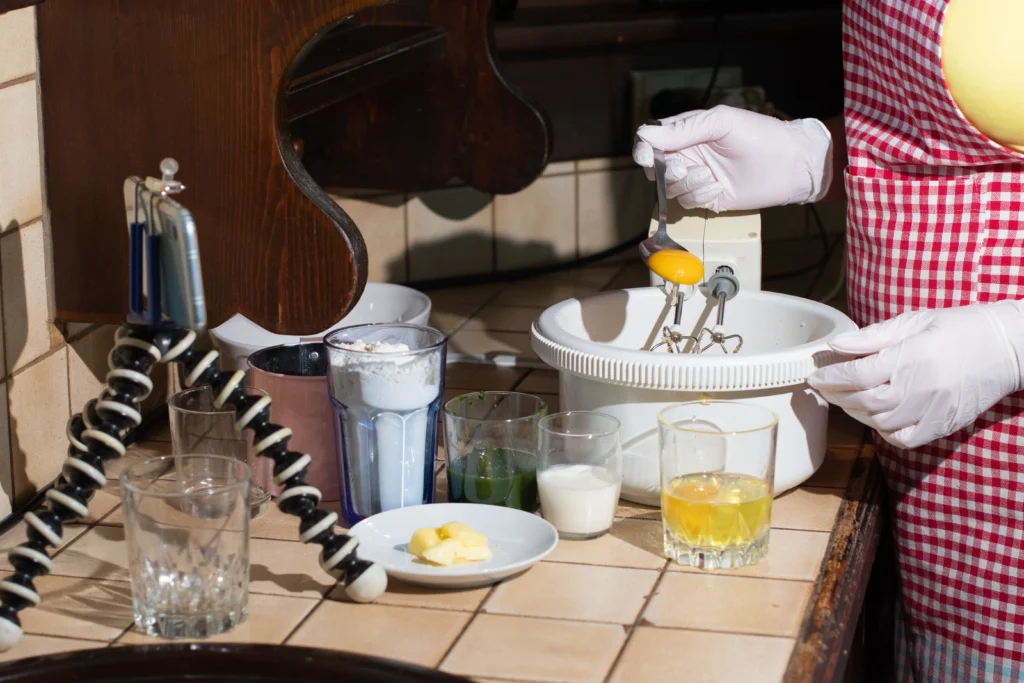
Understanding Why Kitchen Sinks Get Dirty
The kitchen sink is exposed to various substances daily, contributing to its gradual buildup of grime. Water stains, soap residue, and food particles are the most common sources of dirt in the sink. In homes with hard water, mineral deposits can also accumulate, leaving behind white or chalky marks that make the sink look dull.
Grease and oil are another major concern, as they do not dissolve easily in water. When washed down the drain, grease can cling to the sides of the sink and pipes, leading to persistent stains and potential blockages. If not cleaned regularly, bacteria can thrive in the damp environment, further contributing to unpleasant odors.
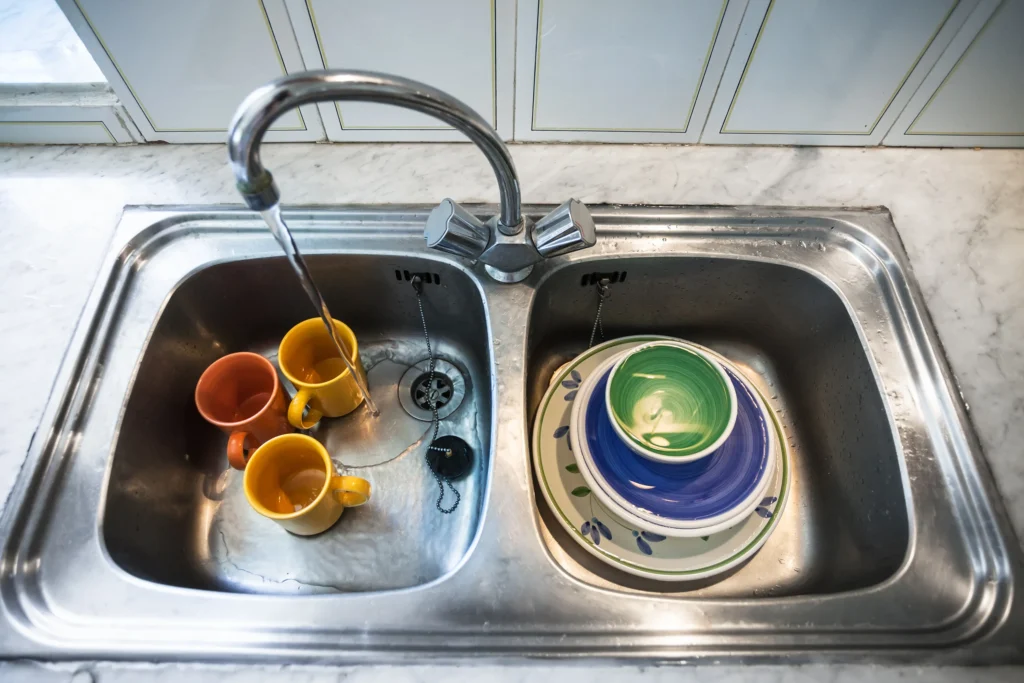
Choosing the Right Cleaning Methods for Your Sink Material
Different sink materials require different cleaning approaches to avoid damage. Stainless steel sinks, which are the most common, are durable but can show water spots and scratches. Porcelain and ceramic sinks, while elegant, can be prone to stains and chipping if harsh cleaners are used. Granite and composite sinks require special care to prevent dullness and etching.
Using the wrong cleaning product can lead to long-term damage. Abrasive scrubbers may leave fine scratches on stainless steel, while acidic cleaners can erode the surface of natural stone sinks. Choosing the right cleaning solutions ensures that the sink remains in excellent condition without compromising its durability.
Deep Cleaning a Stainless Steel Sink
A stainless steel sink is one of the easiest to clean, but it requires regular maintenance to keep its shine. Soap scum, water spots, and food stains can make the surface look dull over time. To clean it effectively, a combination of baking soda and mild dish soap is often the best solution.
Applying a thin layer of baking soda across the sink’s surface and gently scrubbing with a sponge helps lift grime without causing scratches. A damp cloth soaked in vinegar can then be used to wipe down the sink, helping to remove water spots and restore shine. Rinsing thoroughly with warm water ensures that no residue is left behind.
For tougher stains, a paste made of baking soda and water can be applied to the affected area and left for a few minutes before scrubbing. A final polish with a few drops of olive oil or baby oil on a soft cloth helps restore the sink’s luster, giving it a clean and refreshed appearance.
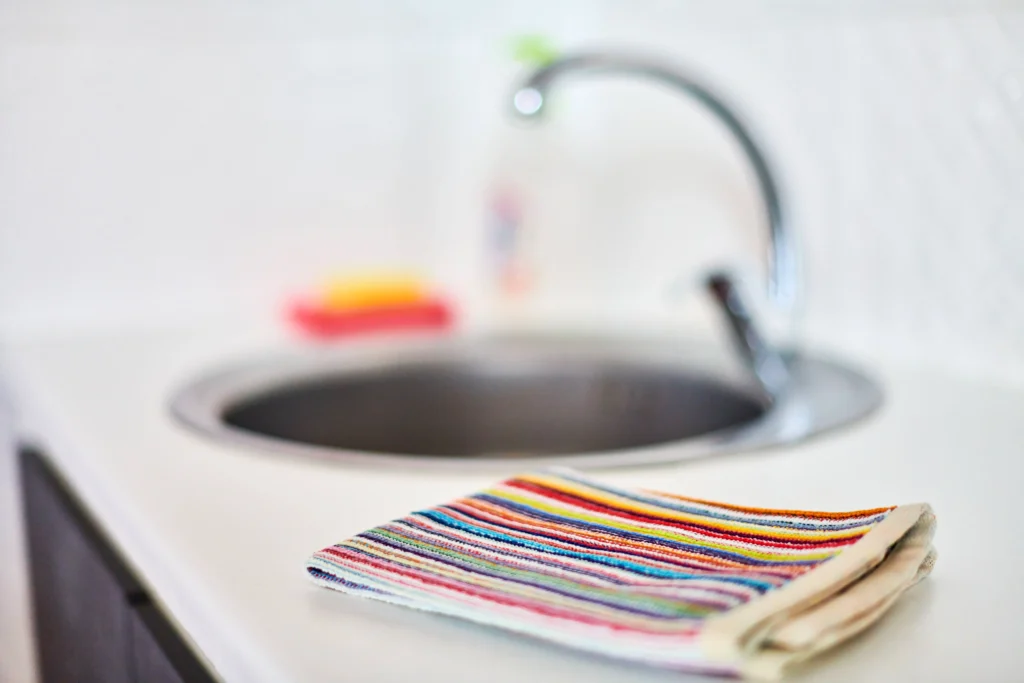
Removing Stains from a Porcelain or Ceramic Sink
Porcelain and ceramic sinks are known for their classic look but can easily develop stains from food, coffee, and hard water. Unlike stainless steel, these sinks require a gentler cleaning approach to prevent chipping or discoloration.
A paste made from baking soda and hydrogen peroxide can be applied directly to stains and left for a few minutes before wiping away with a damp cloth. This combination helps lift stains without causing damage to the sink’s surface. For persistent stains, soaking a cloth in white vinegar and placing it over the stain for a few minutes can help dissolve buildup.
To maintain the sink’s glossy finish, avoiding harsh scrubbing tools and using a soft sponge or microfiber cloth is recommended. Regularly drying the sink with a clean towel prevents water spots from forming, keeping it looking fresh and polished.
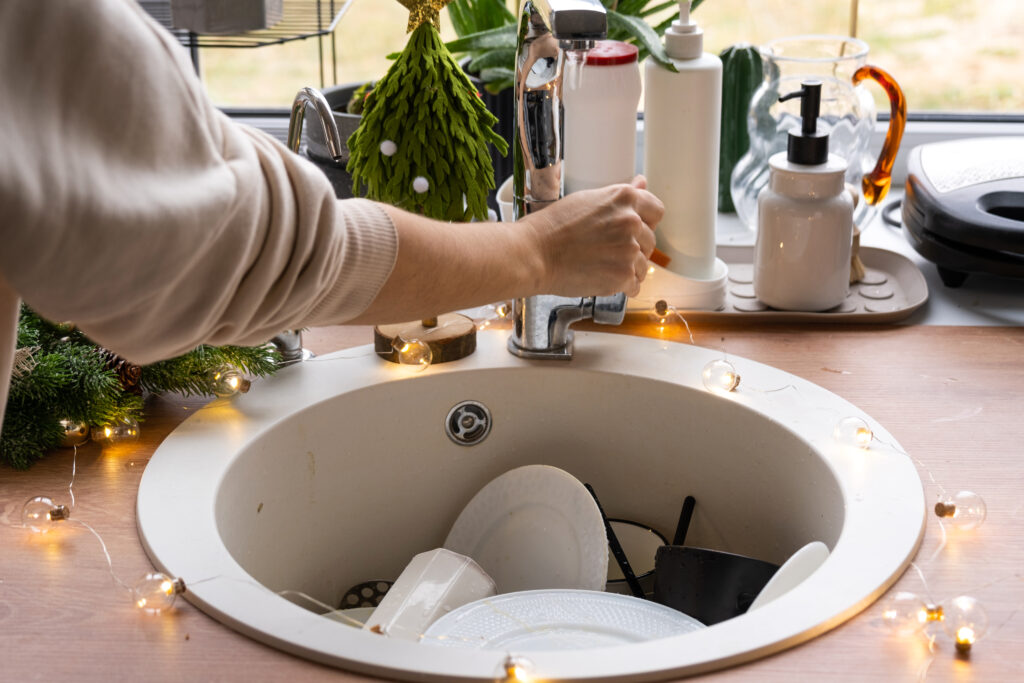
Cleaning a Granite or Composite Sink Without Damage
Granite and composite sinks are popular for their durability and aesthetic appeal, but they require specific cleaning methods to prevent dullness and etching. Unlike stainless steel or porcelain, acidic cleaners like vinegar and lemon juice should not be used, as they can weaken the material over time.
A gentle dish soap mixed with warm water is the best daily cleaner for these types of sinks. Using a soft sponge or cloth, wiping down the sink after each use prevents grime from settling. For deeper cleaning, a mixture of baking soda and water can be used to remove stains without damaging the surface.
For hard water buildup, applying a small amount of mild detergent on a soft brush and scrubbing gently can help break down mineral deposits. Rinsing thoroughly with water and drying with a microfiber cloth ensures that the sink remains in pristine condition.
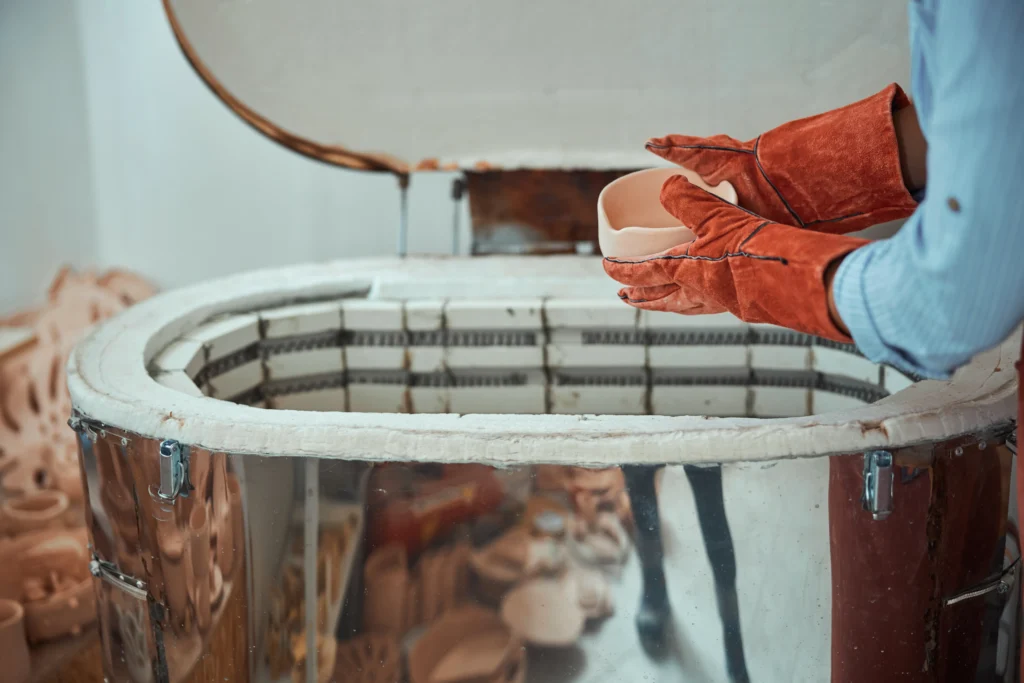
Eliminating Odors from the Kitchen Sink
Unpleasant odors from the kitchen sink often stem from food particles trapped in the drain. Even when the sink itself is clean, lingering smells can persist if the drain is not maintained.
Pouring a mixture of baking soda and white vinegar down the drain helps neutralize odors and break down food residue. Allowing the solution to sit for a few minutes before flushing it with hot water ensures that any trapped particles are washed away.
For persistent odors, grinding citrus peels, such as lemon or orange, in the garbage disposal releases fresh scents while also helping to clean the blades. Regularly running hot water down the drain after washing dishes prevents food residue from accumulating and causing unwanted smells.
Preventing Future Buildup in the Sink
Regular maintenance is the key to keeping a kitchen sink clean and free from buildup. After each use, rinsing the sink with warm water helps remove food particles before they have a chance to settle. Drying the sink with a soft towel also prevents water spots and mineral deposits from forming.
Avoiding the disposal of grease, coffee grounds, and large food scraps down the drain reduces the risk of blockages. Installing a sink strainer helps catch debris and makes cleanup easier. Using a gentle cleaning solution weekly keeps the sink fresh and prevents the need for deep scrubbing.
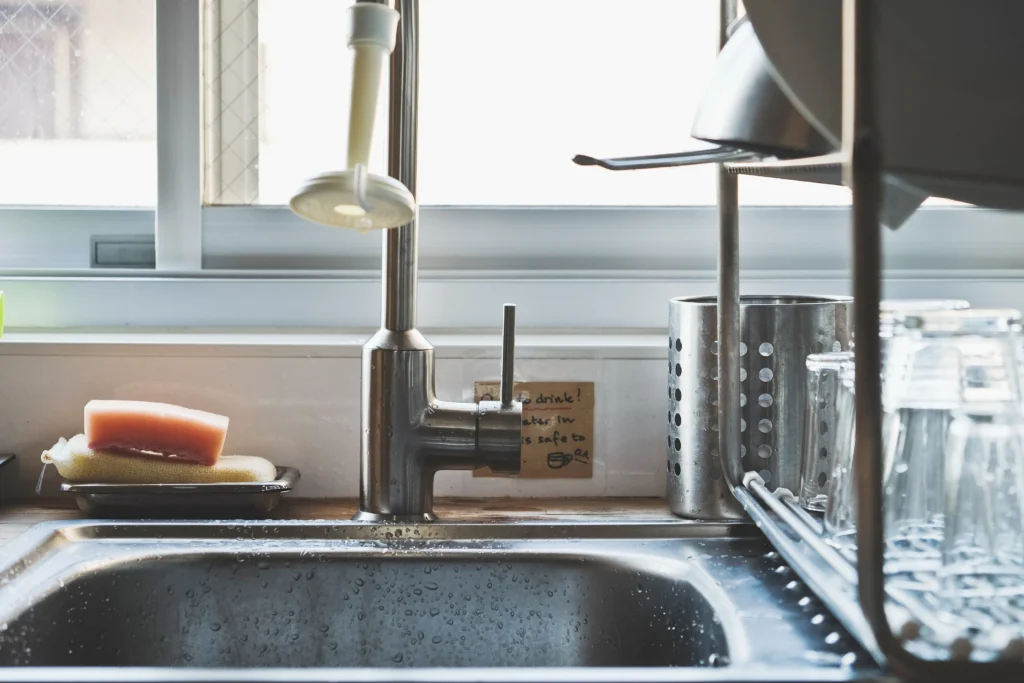
Maintaining a Hygienic and Sparkling Sink
Beyond keeping the sink free of stains and odors, maintaining overall hygiene is essential. The faucet, handles, and surrounding countertop should also be wiped down regularly, as they can harbor bacteria from frequent use. A mild disinfectant or a mixture of water and vinegar can be used to clean these areas safely.
Sponges and dishcloths should be replaced or sanitized regularly to prevent bacteria from spreading. Storing them in a dry area and allowing them to air out between uses helps keep them clean and prevents unpleasant odors.
Conclusion
A clean kitchen sink enhances the overall cleanliness of the kitchen and ensures a sanitary food preparation area. By using the right cleaning techniques for different sink materials, homeowners can maintain a fresh and stain-free sink while preventing odors and buildup. Regular maintenance, combined with the proper cleaning solutions, keeps the sink in excellent condition for years to come.
For homeowners experiencing persistent drainage issues or plumbing concerns, Icon Home Inspectors provides professional inspection services to assess the condition of kitchen plumbing and ensure everything is functioning properly. Investing in regular cleaning and maintenance not only keeps the sink looking great but also contributes to a healthier kitchen environment.